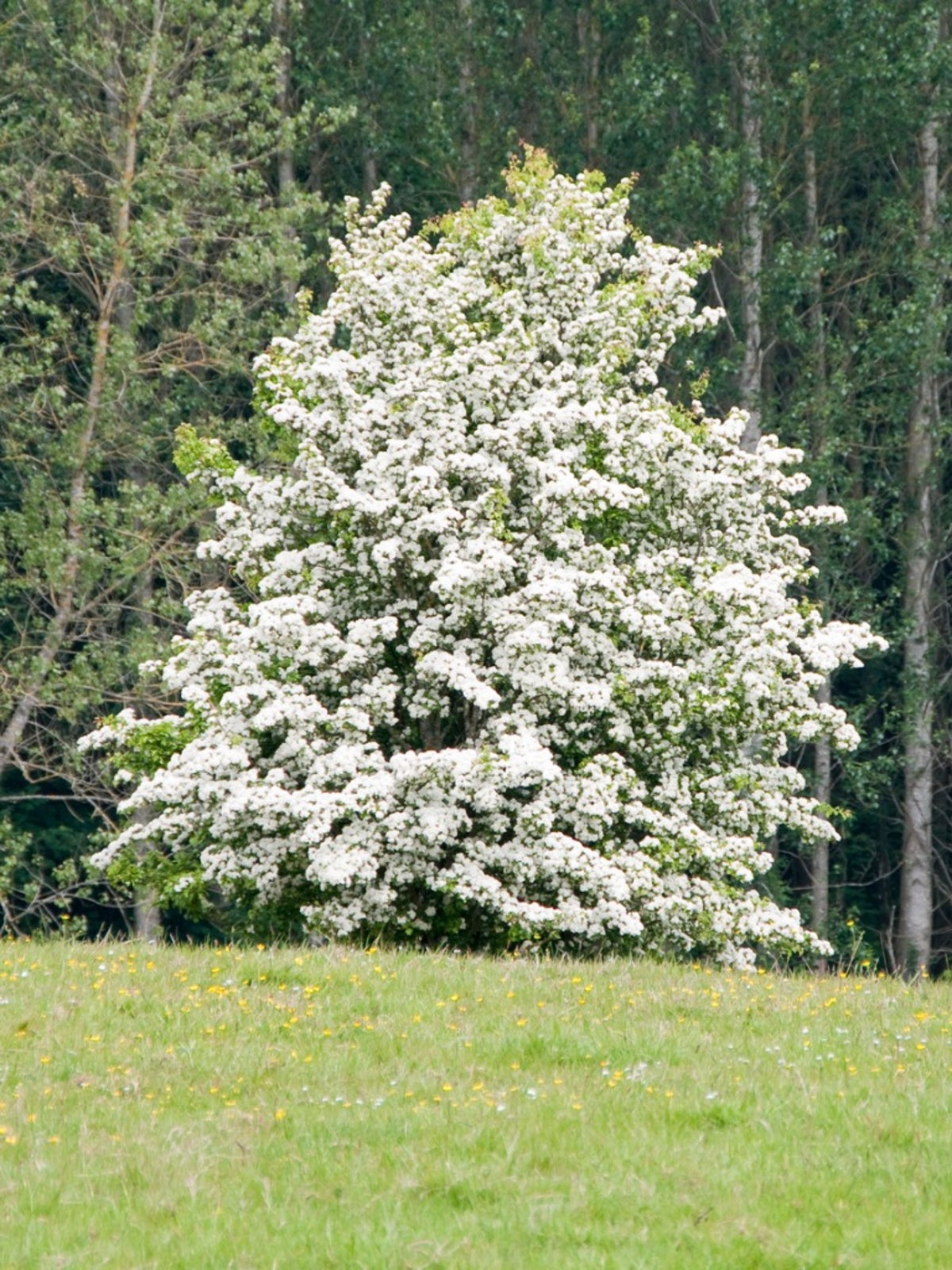Types Of Hawthorn Trees: How To Grow Hawthorn In The Landscape


Hawthorn trees are a delight to have in the landscape because of their attractive shape, shade potential, and clusters of pink or white flowers that bloom in spring. Songbirds love hawthorns too, and they'll visit often in fall and winter to enjoy the bright colored berries. Most hawthorn trees grow 15 to 30 feet (4.5-9 m.) tall—the perfect size for urban gardens. Growing hawthorn plants comes with its share of problems because they are susceptible to a number of diseases, including apple scab, fire blight, leaf spots, leaf blights, and several types of rust. Some of the diseases are potentially fatal and they leave the foliage and twigs looking tattered by the end of the season. If you decide to grow a hawthorn tree, look for a disease resistant variety such as ‘Winter King' or 'Washington' hawthorn.
Types of Hawthorn
There are so many different types of hawthorn trees that it's difficult to choose just one. Here are a few to consider:
- Crataegus crus-galli var. inermis is commonly called thornless cockspur hawthorn. It has a lovely orange-red fall color and 3 inch (8 cm.) clusters of white flowers that bloom in spring.
- C. laevigata ‘Crimson Cloud' is an English hawthorn with bright red flowers and fine-textured leaves.
- C. phaenopyrum, called Washington hawthorn, is more disease resistant than most. The leaves go through a succession of color changes and the flowers are bright white.
How to Grow Hawthorn
Hawthorn trees need full sun and well-drained soil. They tolerate almost any type of soil and variations in pH. Set the trees out in spring so they'll have a full season to become established before winter. In large settings they look great in groups, and they are pretty enough to stand alone as specimens in small gardens. Although they make great lawn and street trees, avoid planting thorny varieties where children play or where pedestrians pass. The thorns are fierce and can be as much as 3 inches (8 cm.) long. Water the trees during dry spells for the first year. Afterward, they are drought resistant. Feed hawthorns annually for the first three years with a balanced fertilizer and every other year thereafter.
Additional Hawthorn Care
Hawthorn trees need little pruning. Remove suckers that arise from the base of the trunk. You can trim the canopy, if necessary, to keep it looking neat. Make cuts just beyond a lateral twig or bud that faces the direction in which you want the branch to grow. You might want to make routine spraying a part of your hawthorn tree care plan. Hawthorns are bothered by lace bugs, aphids, mites, and scale and these insects can get out of control unless you treat them early. Use a lightweight horticultural oil early in the season. You can damage the tree by spraying with horticultural oils at the wrong time, so read the label instructions carefully before spraying. Use a general-purpose spray labeled for hawthorn trees later in the season.
Sign up for the Gardening Know How newsletter today and receive a free copy of our e-book "How to Grow Delicious Tomatoes".

Jackie Carroll has written over 500 articles for Gardening Know How on a wide range of topics.